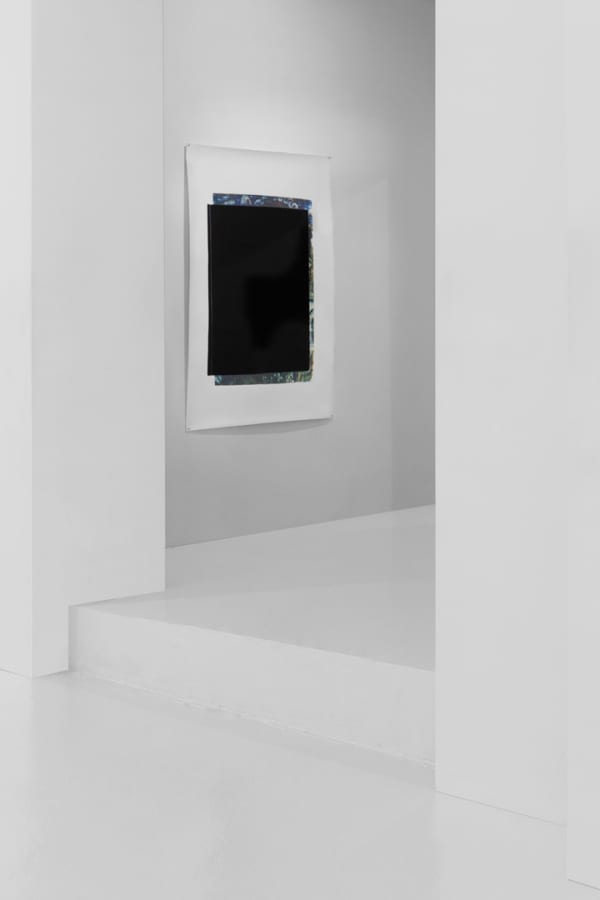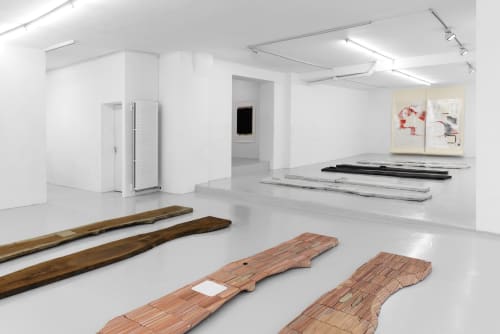Lucy Skaer: Past Shows
GRIMM proudly announces two new solo exhibitions by Lucy Skaer, running simultaneously at both gallery spaces in Amsterdam. In her first solo exhibition in the Netherlands, Lucy Skaer presents keys works from the last ten years of her practise. The new exhibition space at the Keizersgracht will showcase some of Skaer’s most iconic works, including Black Alphabet (originally part of The Siege, nominated for the Turner Prize in 2009). The show at Frans Halsstraat will feature, among other works, Sticks & Stones, a monumental sculpture series that was recently expanded by three new pieces.
Each of these works were originally conceived for and exhibited in a different context. American lithographic limestone boulders were brought from the Midwest to Oregon and placed over load bearing posts, marking the structural spine of an old building. Copies of Brancusi’s Bird in Space made from compressed coal, became both the fuel and the protagonists in a staged Siege, when a layer of narrative added to an industrial building in London. Bring- ing these works together here runs counter to the original intention and meaning, but allows for a different creativity to emerge, one that takes in to account what it is to deploy the works again with the added dimension of the passing of time.
Skaer’s interest lies in the transformation of matter and in objects that have lost connection to their original time and place. Her works often repurpose existing forms, from other artworks or from the shapes that raw mate- rial arrives in (such as ingots, slices of tree, boulders). Meaning is mutable. Several works in this show turn inward and backward, borrowing their form from earlier pieces. A huge black drawing made from intricate marks is itself an amalgamation of the previous drawings that Skaer has made in this technique, all of the images now enmeshed and overlapping. Sticks & Stones (2013 - 2016) is a sequence of evolving sculptural copies, each made from the one directly before it. The originating sculpture was made from a large slice of ‘sinker’ mahogany, which had lain undiscovered on the riverbed in Belize for over 100 years. This was combined with left over materials, samples and prototypes that the artist had in her studio when she moved from New York. Other works, such as the series of prints made from the actual plates used to print front-page news of the Guardian Newspaper act as a date stamp from which the work recedes in time.
After making two major retrospective shows, in 1974 and ‘75, the artist Anne Truitt wrote:
The force of this concentrated and unprecedented attention to my work, and to me, swept over me like a tidal wave. The objects I had been making for years and years were drawn in to visibility and, many of them for the first time, set forth to the public eye. But it was not this aspect of the situation which confounded me. The works stood clear, each in its own space, intact. It was I myself who, the longer and more intensely we worked, failed to stand clear.
- Anne Truitt, Daybook, 1982









